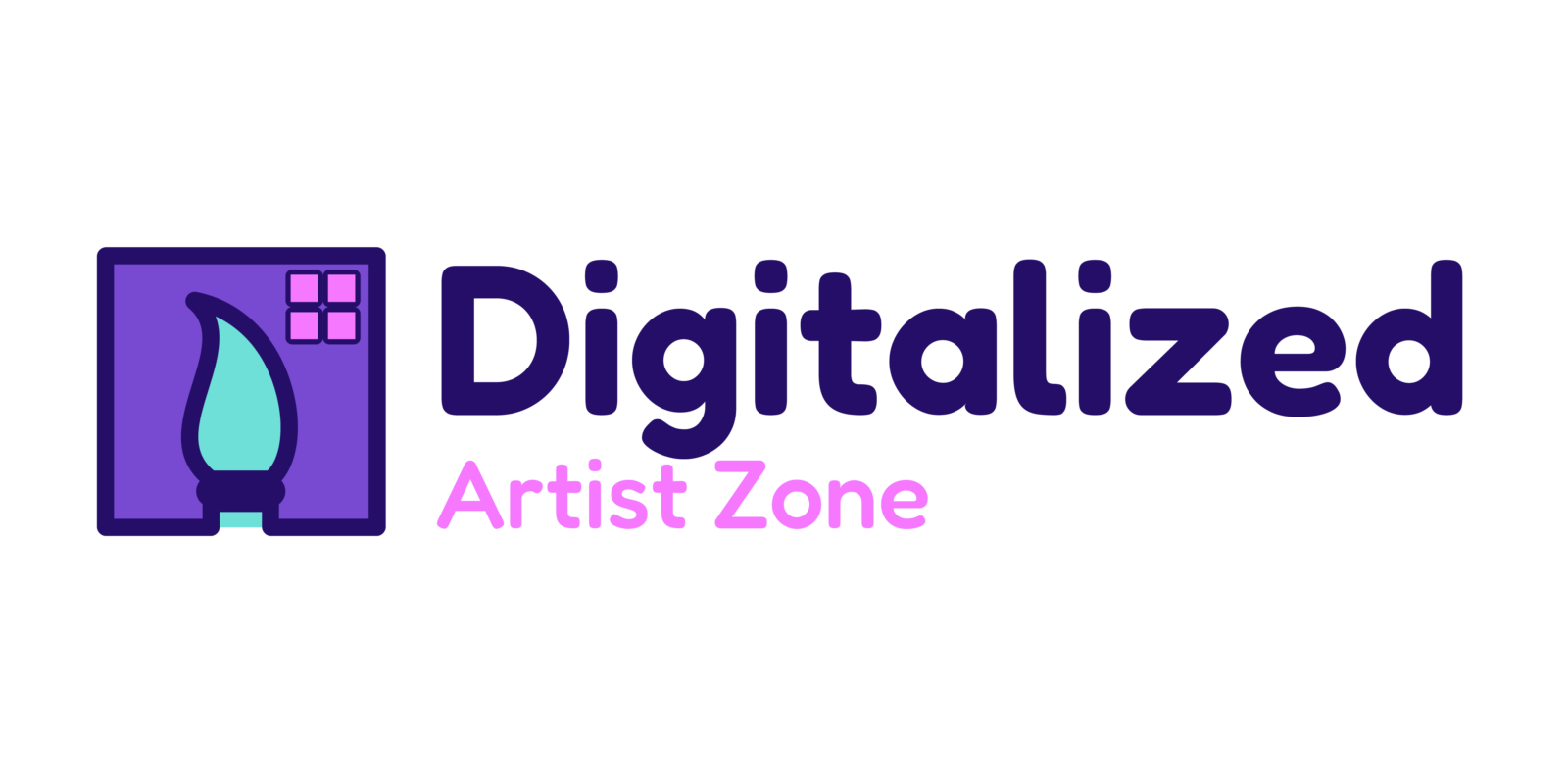As an artist immersed in the world of digital art, I’ve always been captivated by the diverse range of styles that artists can explore and experiment with. From the dreamy brushstrokes of Impressionism to the meticulous details of Hyperrealism, the digital realm offers a boundless canvas for creativity to flourish.
In this article, I’ll take you on a journey through the fascinating landscape of digital art styles, delving into the unique characteristics and techniques that define each genre. Whether you’re drawn to the ethereal beauty of Impressionist landscapes or the striking realism of Hyperrealist portraits, there’s a digital art style out there waiting to inspire your next masterpiece.
Join me as we unravel the intricacies of these captivating art forms, celebrating the endless possibilities that digital tools bring to the world of creativity.
Understanding Digital Art Styles
Exploring different digital art styles is a fascinating journey through the vast landscape of creative expression. In the realm of digital art, understanding the distinct styles is key to appreciating the unique characteristics and techniques that define each genre. From the fluid brushstrokes of Impressionism to the meticulous details of Hyperrealism, each style offers artists a distinct way to convey their artistic vision using digital tools.
Digital art styles encompass a wide range of approaches, each with its own set of defining features. Whether it’s the vibrant colors and expressive movement of Abstract art or the precise geometric forms of Cubism, each style offers a unique perspective on the world. By exploring these diverse styles, artists can push the boundaries of their creativity and explore new ways of visual storytelling.
As I delve into the nuances of digital art styles, I uncover a world of artistic possibilities that transcend traditional boundaries. By immersing myself in the intricacies of each style, I gain a deeper appreciation for the artistic choices made by digital artists around the world. From the dreamlike quality of Surrealism to the bold experimentation of Pop Art, each style offers a glimpse into the rich tapestry of artistic expression in the digital age.
- Origins of Impressionism
Impressionism emerged in the late 19th century, revolutionizing traditional artistic conventions. I’ll delve into the characteristics of Impressionist art to provide a deeper understanding of this influential movement. - Characteristics of Impressionist Art
Impressionist art is renowned for its emphasis on capturing fleeting moments and the effects of light. It focuses on depicting the essence of a scene rather than intricate details. In this style, brushstrokes are visible, conveying movement and immediacy in the artwork. Colors are often vibrant and applied in short, unblended strokes to create a sense of luminosity. Landscapes, urban scenes, and everyday life are common subjects in Impressionist paintings, reflecting the artists’ interest in capturing the world around them in a fresh and spontaneous way.
Transition to Digital Impressionism 
Exploring Digital Impressionism allows artists to recreate the essence of the traditional Impressionist style in a digital realm. Utilizing digital tools, I can emulate the visible brushstrokes, vibrant colors, and focus on light effects characteristic of Impressionist art. By adapting these features to a digital medium, I merge classic artistic principles with modern technology, enabling a new wave of creativity.
In Digital Impressionism, artists leverage software brushes that mimic traditional brushstrokes, enabling me to create the signature texture and movement associated with Impressionist paintings. The digital canvas grants me the flexibility to experiment with color palettes and luminosity, enhancing the dynamic nature of the artwork.
By embracing Digital Impressionism, I transition towards a fusion of traditional artistry and contemporary innovation, expanding the boundaries of expression in the digital art landscape.
Hyperrealism in Digital Art
Exploring the realm of Hyperrealism in digital art is like entering a world where the lines between the virtual and the real blur into an intricate dance of precision and detail. Hyperrealism aims to depict subjects with an astonishing level of accuracy, often indistinguishable from high-resolution photographs. In this style, I meticulously craft each detail, from textures to reflections, creating an almost tangible quality that mesmerizes the viewer.
In digital art, achieving Hyperrealism requires mastering advanced techniques in shading, lighting, and color accuracy. Through skillful manipulation of digital brushes and software tools, I meticulously render every aspect of the subject to capture its essence with hyper-precision. The meticulous attention to detail in Hyperrealism not only showcases technical proficiency but also evokes a sense of awe and wonder in the viewer.
By immersing myself in the world of Hyperrealism, I push the boundaries of digital art, challenging myself to recreate reality with a level of fidelity that borders on the surreal. Each stroke of the digital brush, each hue meticulously selected, contributes to the creation of a hyper-realistic masterpiece that invites viewers to question what is real and what is art. In this digital realm where pixels mimic reality, Hyperrealism stands as a testament to the boundless possibilities of merging traditional artistry with cutting-edge technology.
The Impact of Technology on Art Styles
Technology has revolutionized the art world, shaping and reshaping various art styles over time. The integration of technology in art creation has opened up new possibilities for artists to experiment and innovate. From Impressionism to Hyperrealism, digital art styles have been profoundly influenced by technological advancements.
In digital Impressionism, artists use digital tools to recreate the essence of traditional Impressionist techniques, such as visible brushstrokes and vibrant colors, in a virtual environment. This fusion of classic art principles with modern technology allows for a more accessible and versatile approach to creating art.
Hyperrealism, on the other hand, relies heavily on technology to achieve meticulous detail and accuracy in digital artworks. Through advanced software and tools, artists can push the boundaries of realism, blurring the line between the virtual and the real. The precision in shading, lighting, and color accuracy made possible by technology plays a crucial role in creating immersive and awe-inspiring hyperrealistic artworks.
The evolution of digital art styles is a testament to the symbiotic relationship between technology and artistic expression. As technology continues to advance, the future holds endless possibilities for artists to continue pushing the boundaries of digital art and exploring new frontiers in artistic creation.





